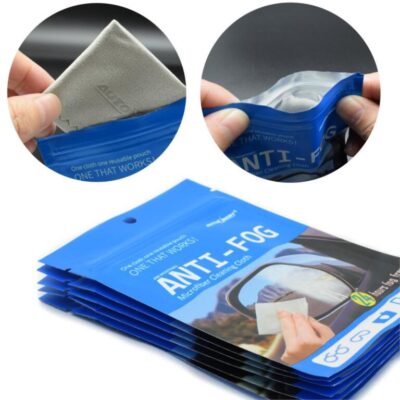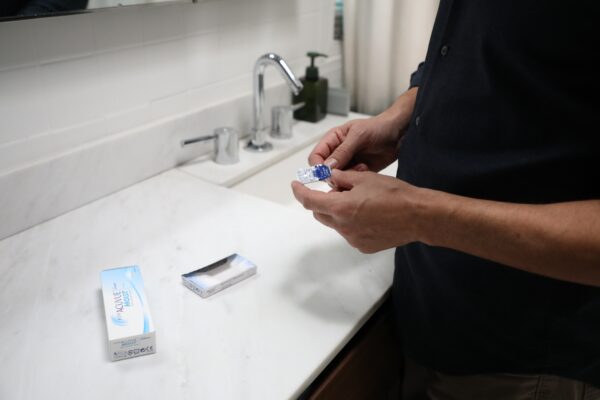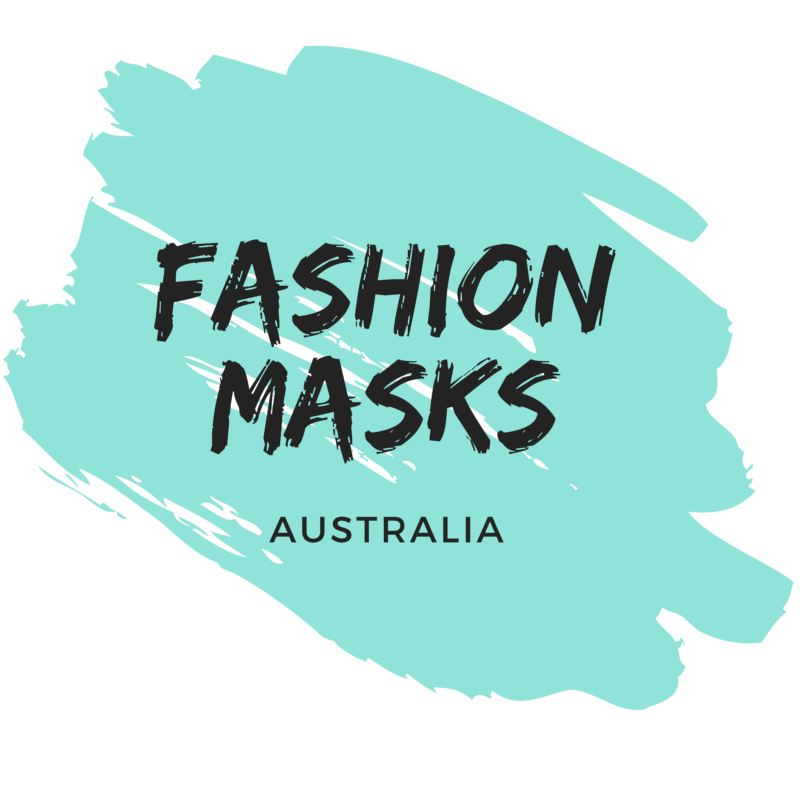Face Masks
A Guide to Wearing Fashion Masks for People with Glasses
Wearing a mask to prevent the spread of Covid-19 has become a normal part of our society now. While wearing a mask does protect us and those around us, it can also be a struggle to wear a mask for long hours, particularly for people who wear glasses. It’s often difficult to get a secure fit that doesn’t result in your glasses constantly fogging up. In this guide, we’ll provide tips to make mask-wearing more comfortable for people with glasses.
Choose a Mask with a Nose Wire
When selecting a mask to wear, it’s important to choose one that fits properly and securely around your nose and cheeks. Wearing a mask without a secure fit can result in air leaking out from the top, which can potentially cause your glasses to fog up. The unique design of masks with a nose wire provides added support and stability around the nose area, creating a comfortable seal that effectively reduces the amount of air that escapes out of the mask. By pinching the nose wire and pressing it firmly against your face, you can ensure a tight and secure fit that prevents the mask from slipping down, making it easier to wear your glasses without fear of fogging. This technique also helps to create a gap between your face and glasses, which gives ample space for the air to circulate and eliminate any chance of your glasses fogging up.
So whether you’re in the midst of shopping for a new mask or looking for ways to improve your current one, choosing a mask with a nose wire can make a significant difference in keeping your glasses fog-free.

Seal the Top of Your Mask
In addition to using masks with nose wires, there are various other solutions that can help prevent your glasses from fogging up while wearing a mask. One such solution is sealing the top of your mask. Sealing the top edge of your mask under the frames of your glasses can create a snug fit that helps to reduce the amount of air that leaks out from the top of your mask, preventing it from reaching your glasses. This technique not only ensures that the air you exhale does not escape upwards causing fog, but it also creates a tighter seal around your nose area, resulting in increased protection. However, it’s important to note that this approach might not be suitable for everyone as it requires the right type of mask and glasses. So before using this method, ensure to test whether the seal created with your glasses and mask is secure enough to avoid any discomfort or interruption during daily activities. If it works for you, this method is a simple and effective way to achieve a clear vision while wearing your mask.
Use Anti-Fog Wipes or Spray
If you don’t want to fold your mask over, or your mask doesn’t have a nose wire, you can also try using anti-fog wipes or spray. These wipes and sprays work by leaving a thin layer on the surface of your glasses that prevents the buildup of moisture and reduces the chance of fogging. To use this method, simply apply the anti-fog solution to the lenses of your glasses before putting on your mask and let it dry completely. Once the solution has dried, put on your mask as usual and enjoy a fog-free experience. One of the biggest advantages of using anti-fog wipes or sprays is their versatility. Not only can they be used on glasses, but also on other surfaces like goggles, car mirrors, and bathroom mirrors. However, it’s important to keep in mind that these solutions may need to be reapplied periodically, especially if you’re wearing a mask for an extended period of time.

Switch to Contact Lenses
While the tips mentioned above should work to reduce or eliminate fogging for most individuals, it’s possible that none of these solutions will work for you. In such circumstances, switching to contact lenses might be the best option. However, it’s important to note that switching from glasses to contact lenses may not be the easiest or most feasible option for everyone. For those who have never worn contact lenses before, it might take some time to get used to them, and there’s always a risk of potential discomfort or irritation. Additionally, becoming accustomed to using contacts might also entail significant upfront costs, both in terms of purchasing the lenses themselves and the associated accessories like cleaning solutions and storage cases.
Nevertheless, it’s still worth considering switching to contact lenses particularly for those who wear glasses throughout the day and experience fogging even with properly fitting masks. Contact lenses not only eliminate the issue of glasses fogging up but also provide better peripheral vision, making them an excellent option for activities like running and bicycling. Ultimately, the decision to switch from glasses to contacts is a personal one and should be made with careful consideration and consultation with your eye care provider.

In conclusion, wearing a mask has become an essential aspect of daily life, but it doesn’t have to be a struggle. By choosing the right mask and applying a few simple tricks, it is possible to make wearing masks more comfortable and less frustrating for those who wear glasses. Keep these tips in mind when donning your next mask and enjoy a clearer and more comfortable vision.

